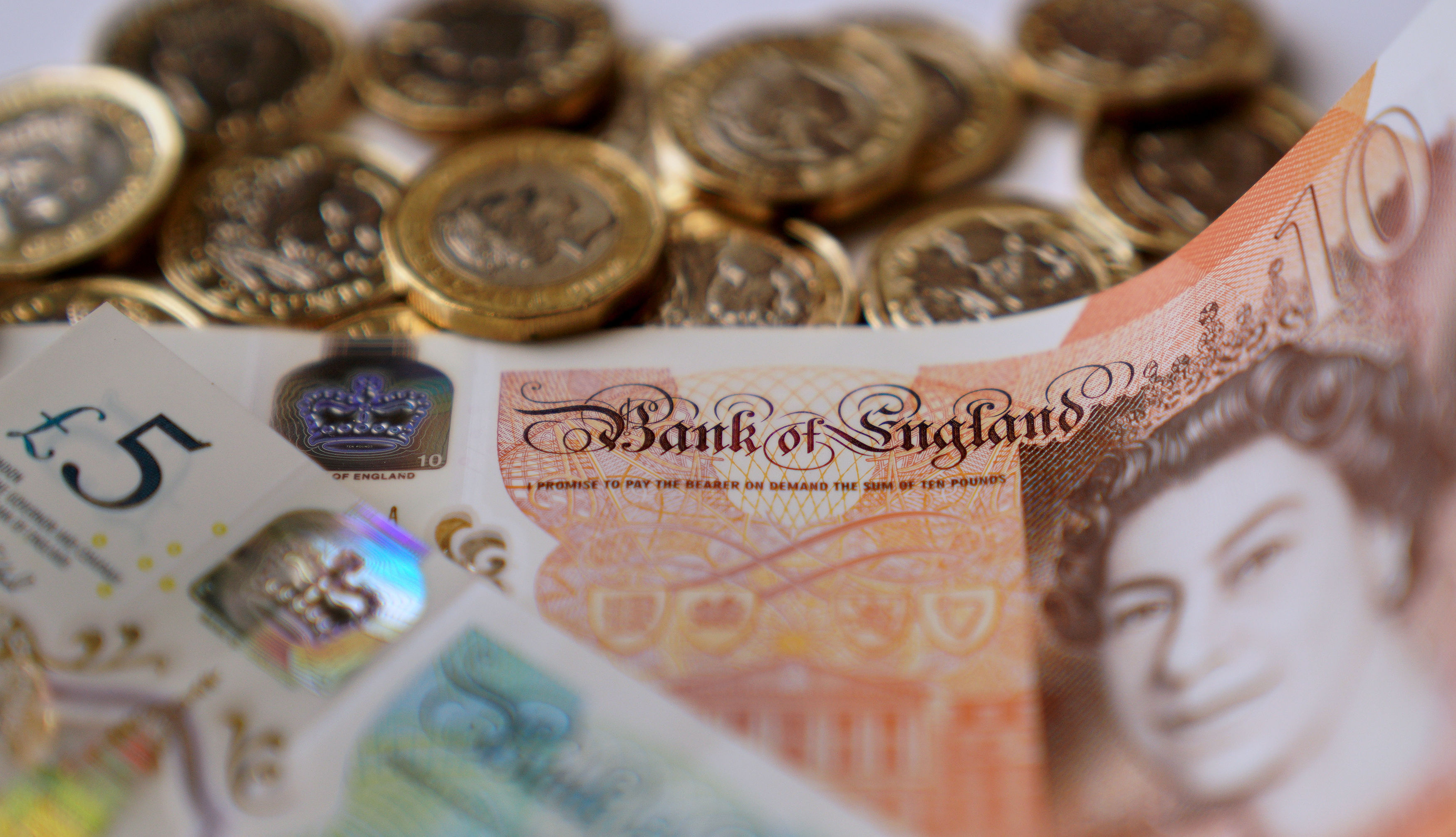
LENDERS have been slow to pass on rising interest rates to savers but have quickly hiked borrowers’ mortgage costs, research from Which? suggests.
With speculation that a further base rate rise could be coming soon, Which? looked at how savers and mortgage holders were affected by the previous rise in November, when the base rate was increased from 0.25% to 0.5%.
Investigating how mortgage and savings providers reacted to the 0.25 percentage point increase in the base rate in the weeks after the rise, Which? claimed it found evidence of “double standards”.
It looked at 327 variable instant access savings accounts and Isas, finding that in the five weeks after the base rate rise nearly half (48%) did not see any rate change at all.
It found that while just over one in five (21%) had passed on the full 0.25% rise to customers during the period, nearly a third (30%) of accounts saw a rate increase of less than 0.25%.
Overall, of 95 providers in the instant access savings market, Which? found that five weeks on from the Bank of England’s announcement, just one in 10 (10%) had applied the full 0.25 percentage point rise to all their instant access savings accounts and Isas.
Looking at mortgages, Which? found that for standard variable rate (SVR) mortgages, more than half (53%) of providers looked at had increased their rate for existing borrowers by the end of 2017 after the base rate was increased.
Looking at 76 fixed-rate mortgage providers, Which? also found that the market averages for two-year, three-year and five-year deals all increased between October and December.
Gareth Shaw, Which? money expert, said: “The last base rate rise saw clear double standards from some financial institutions.”
He continued: “Ahead of a possible future rate rise, we’re calling on banks and providers to be fair to their customers across the board.”
The Which? research included banks and building societies.
A spokeswoman for trade association UK Finance said: “Any change in interest rates will see banks looking to balance the increased cost of customer borrowing with the savings returns to ensure that their products are competitive.
“Mortgage and savings rates are determined by a number of different factors and external costs that do not correlate to the base rate when interest rates are as low as they have been for several years.
“Most mortgage borrowers pay a fixed rate and so would see no change while their current deal lasts.
“For both mortgages and savings, banks also now make it easier for customers to compare and switch products, and these improvements will help customers shop around for the best deal, should interest rates rise.”

Enjoy the convenience of having The Sunday Post delivered as a digital ePaper straight to your smartphone, tablet or computer.
Subscribe for only £5.49 a month and enjoy all the benefits of the printed paper as a digital replica.
Subscribe